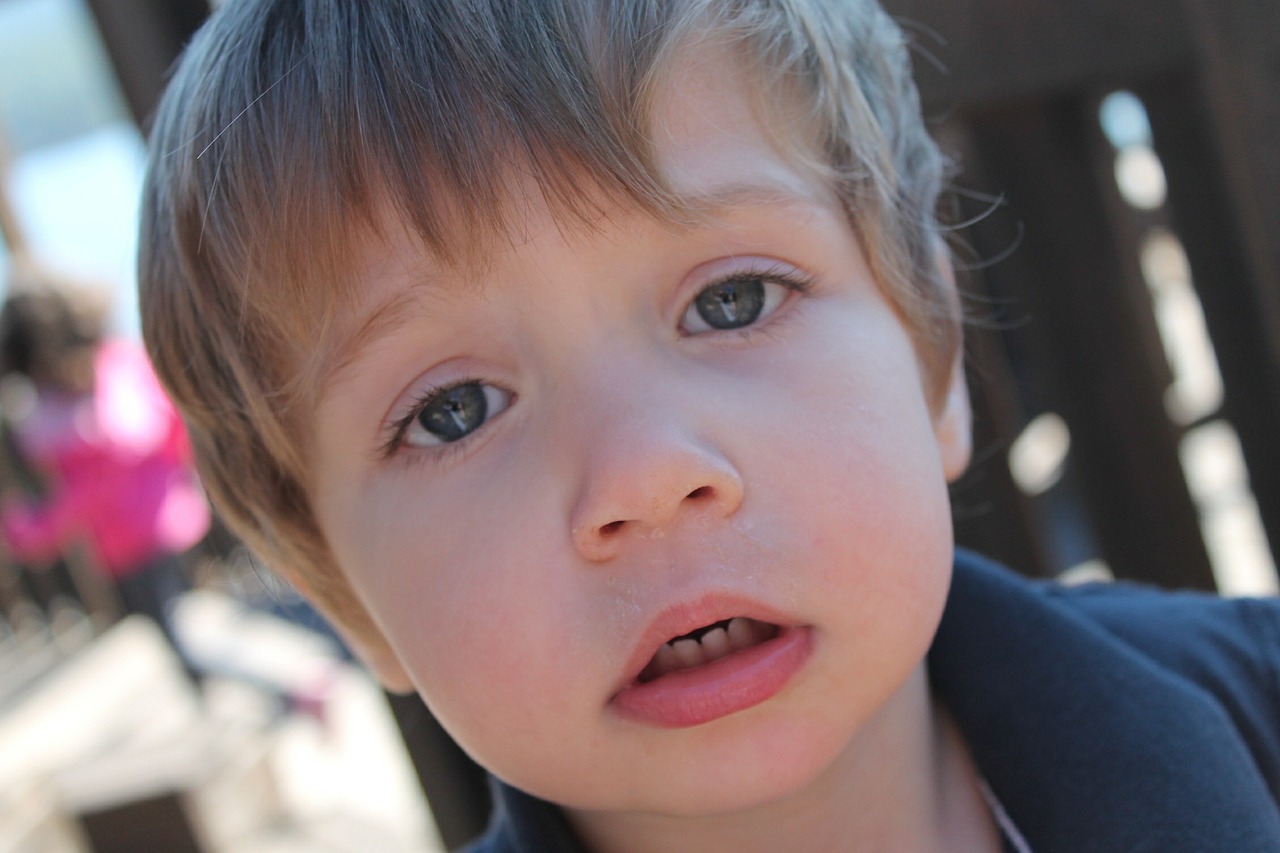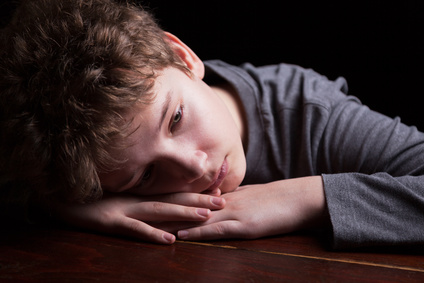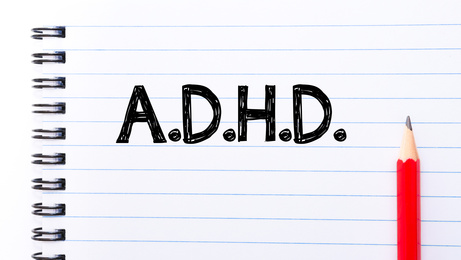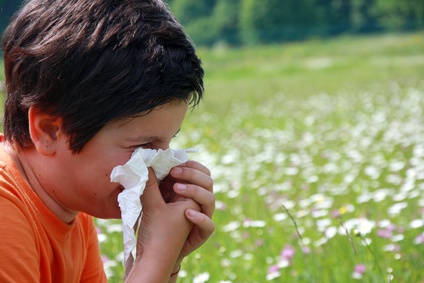Technology May Help Doctors Learn To Address Autism
Many pediatricians remain ill-equipped to identify and support kids with the developmental disorder, but a new approach may help. New research suggests that a series of two-hour videoconferencing sessions may be enough to significantly boost the capability of working pediatricians to better treat those on the spectrum.
Through a program called ECHO Autism, researchers at the University of Missouri evaluated whether practicing pediatricians could be trained to screen for and treat autism in a series of remote training sessions. Read more ›





















